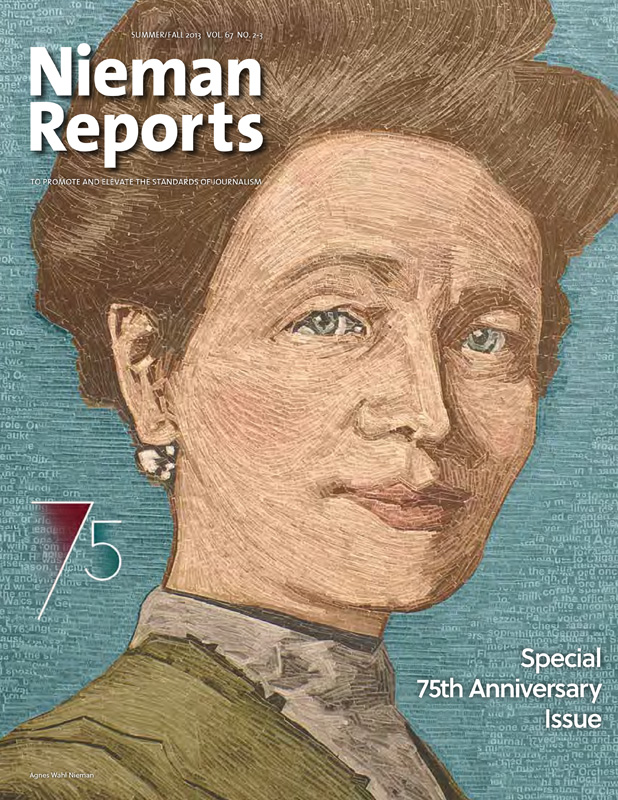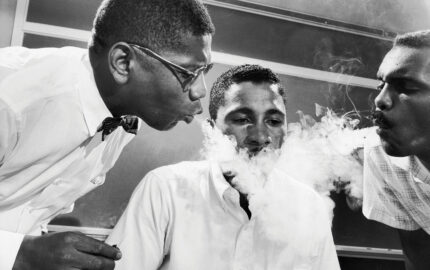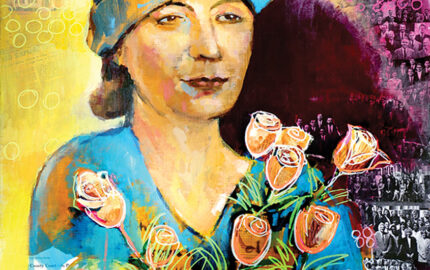In an interview published in the 1986 book, “Archibald MacLeish: Reflections,” the Foundation’s first curator described the origins of the regular Nieman dinners, which eventually evolved into seminars and, ultimately, into Soundings
It was very difficult at the beginning. In fact, my principal task was to persuade the best of Harvard professors, the ones who should have to do with the Nieman Fellows, to accept them as auditors in their courses. By the end of that year, it was such an obvious success that professors were falling all over themselves to lure Niemans to come and sit and listen to them! It was a success largely because of the support of two men who had been friends of mine for some years on the Harvard faculty: Felix Frankfurter in the Law School and Arthur M. Schlesinger, Sr., the historian, a very admirable gentleman. Both of them were excited about the idea. So was Walter Lippmann.
Anyway, overcoming that initial resistance was one of the problems we had. Another was the invention of some sort of device that would keep these people in relation to each other, because they could teach each other a lot! In fact, that’s the way I have often thought is the way a boy or girl learns most in undergraduate work. So we devised a dinner once a week.
I’m a great believer in dinners. I think dinner’s the best possible way of getting conversation going—and that money was made available by the Foundation to make this possible. And we also made arrangements with a restaurant in Boston. [According to Louis M. Lyons, writing in the Spring 1989 issue of Nieman Reports, the restaurant was Joseph’s, on the second floor of the Boston Art Club, just off Copley Square: “Joseph, a gaunt sensitive Alsatian who claimed to have invented his own special version of vichyssoise, had a large square room back of the public restaurant which he reserved on Thursdays for ‘the professors,’ as he called us.”]
“Professors were falling over themselves to lure Niemans to come and sit and listen to them”
We got a back room. I would invite various types of people to come, usually other journalists who had nothing to do with the Nieman Foundation. Walter Lippmann, first of all, who had a great deal to do with the Nieman Foundation because he was a Harvard man and an adviser on it in the beginning. Then we got members of the faculty who were in the same general field of this guest so that you had a central discussion going and then let the reporters fall into their reportorial habit of nitpicking and questioning and getting their ears pinned back. It was very good for everybody.




